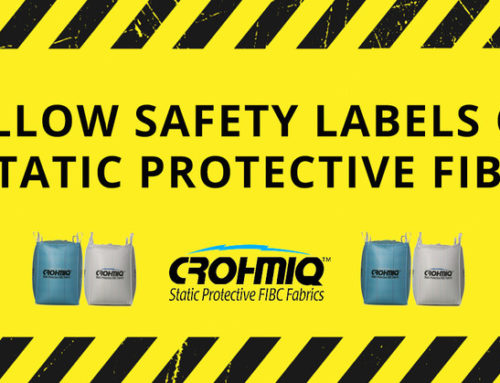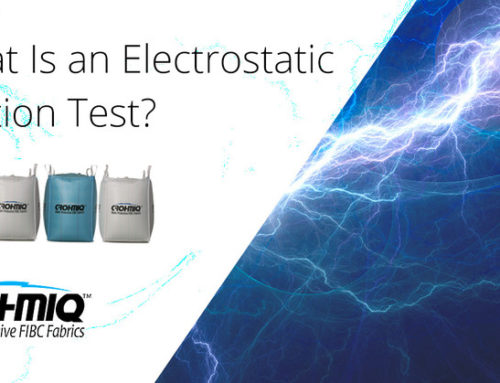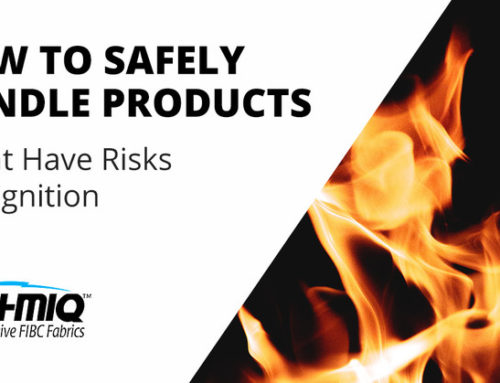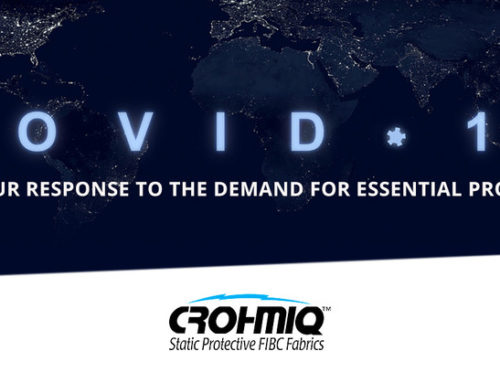FIBCs are specialized items, and a lot goes into their design and manufacturing processes. If there are any poor processes going on behind the scenes, it can lead to poor performance on the job. This, in turn, can end up costing you even more time and money.
So, it’s important to make sure you’re working with the right supplier from the very beginning.
You can find the right FIBC bulk bag supplier by looking for some very specific things, such as:
-
How dedicated is the company to customer service?
Customer service should go beyond just being friendly at the point of sale. There are a lot of variables that can affect your final choice, and you need to know that your supplier will be able to answer all your questions and make sure you get the right bag for your application.
Your supplier should help you determine how things like fabric weight, bag design, sewing techniques, ground-ability, and other variables will impact your job. They should also be able to answer your questions after the purchase to ensure you are continually getting value for your investment.
-
Can they maintain the required stock level?
When you are starting a new project, the last thing you want is delays because you’re waiting on more bulk bags to arrive.
Make sure your supplier can maintain an adequate stock of bulk bags and can easily and quickly ship them to you when they’re needed.
-
What types of bulk bags do they offer?
There are several types of FIBCs available on the market, and each one can serve a different purpose on the job site.
For example, there is a big difference between Type D FIBC and TYPE C FIBC, namely the technology they use to deal with the electrostatic buildup. (Type D can safely discharge the buildup without being grounded.)
Make sure that your supplier can provide the bags that you need for the job, and that the bags have been properly tested and qualified to the appropriate safety standards.
-
Are they constantly developing and testing the bags?
We are continuously researching and developing the technology around FIBC made of CROHMIQ® static protective fabric.
On top of that, we have a company-owned world-class testing laboratory for Type D FIBC and other antistatic and conductive bulk bags. These bags are then given a thorough testing by some of the world’s leading test laboratories and customers.
-
Do they perform both electrostatic and physical testing?
Complete testing must address both the electrostatic and physical characteristics of the bags.
On the electrostatic side, the laboratory must be able to conduct FIBC ignition testing according to IEC 61340-4-4 and measure the breakdown voltage of fabrics.
On the physical side, it’s important to test the strength and durability to ensure it can stand up to industrial use. This means regular testing of everything from the tensile strength of yarns and tapes to the durability to UV exposure and high temperatures.
-
Do they maintain compliance?
The importance of safety with these bulk bags cannot be understated. To that end, the latest National and International safety standards, including ISO 21898: 2004, IEC 61340-4-4: 2018, IEC/TS 60079-32-1: 2013, NFPA 77: 2019, NFPA 652: 2019, NFPA 654: 2017 and JNIOSH TR No. 42 (2007), need to be maintained throughout the manufacturing and development process.
Partnering with the Right Supplier
FIBCs are specialized items that can ensure the safe transportation of potentially dangerous materials. When you begin a job that works with these types of materials, you need to know that you have direct access to all the bags you need, when you need them.
These six simple items can make it easier for you to find the supplier and partner that will help you streamline the transportation of those goods and minimize risk while improving processes.





